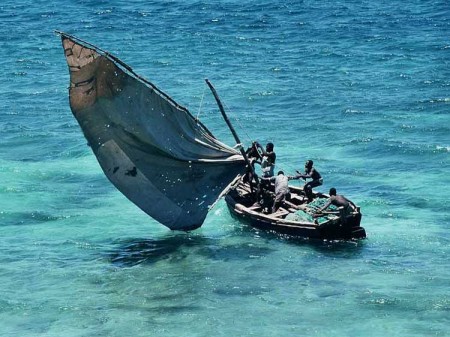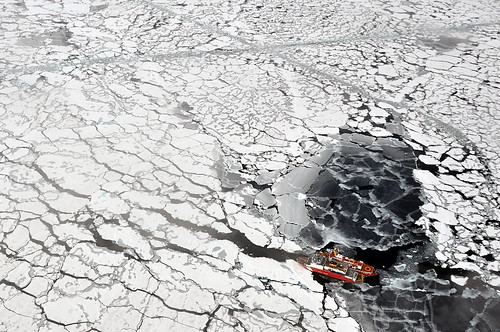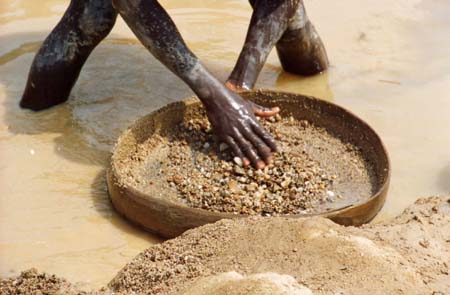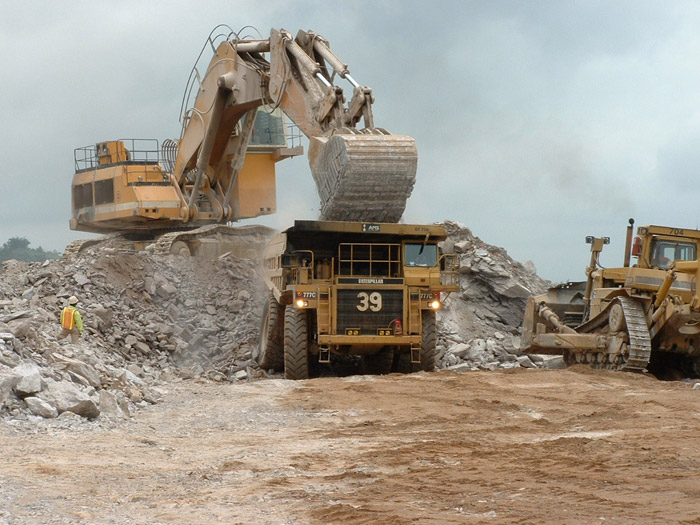
Water has become a hot button issue on the international stage. The fear of water scarcity and its implications for human security has been acknowledged by leaders and decision makers across the globe. For example, the United Nations Secretary General Ban Ki Moon has warned that “the consequences for humanity are grave. Water scarcity threatens economic and social gains and is a potent fuel for wars and conflict.” Yet, the challenges posed by water scarcity are a manifestation of the lack of management of resources rather than an actual physical shortage. So while conflict over water resources is possible in many parts of the world, the threat is not due to scarcity but mismanagement. This begs a question – can water bodies ever be jointly managed for equal benefit? We at the Strategic Foresight Group (SFG) believe so.
The Good News
According to the findings of our new report “Water Cooperation for a Secure World”, any two countries that are engaged in active water cooperation do not go to war. We are also convinced that if countries cooperate to ensure water supplies they are also far less likely to come to blows over ideologies, economic competition and other factors. Indeed, cooperation between states over water resources not only reduces the chances of war, but also enhances the prospect for social and economic development in other areas.




